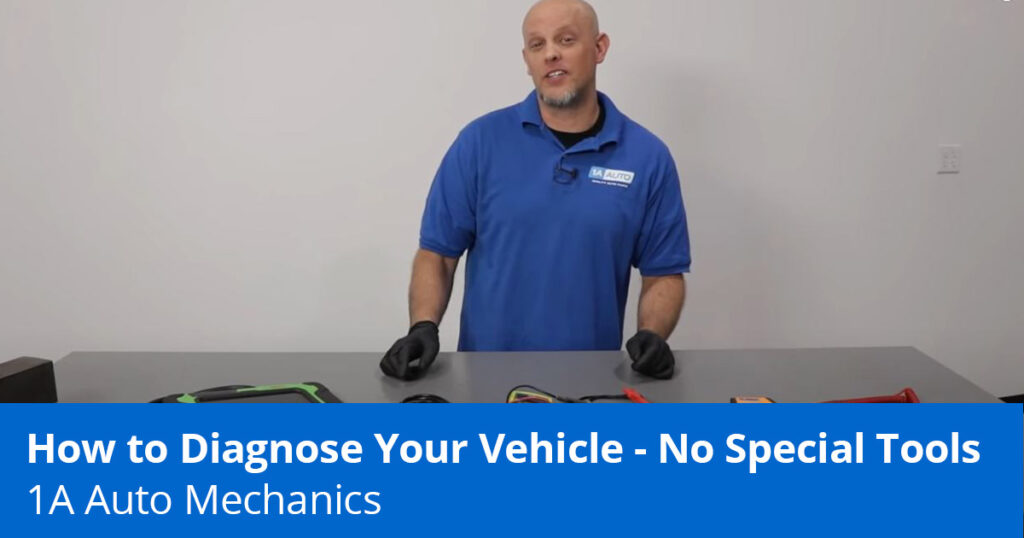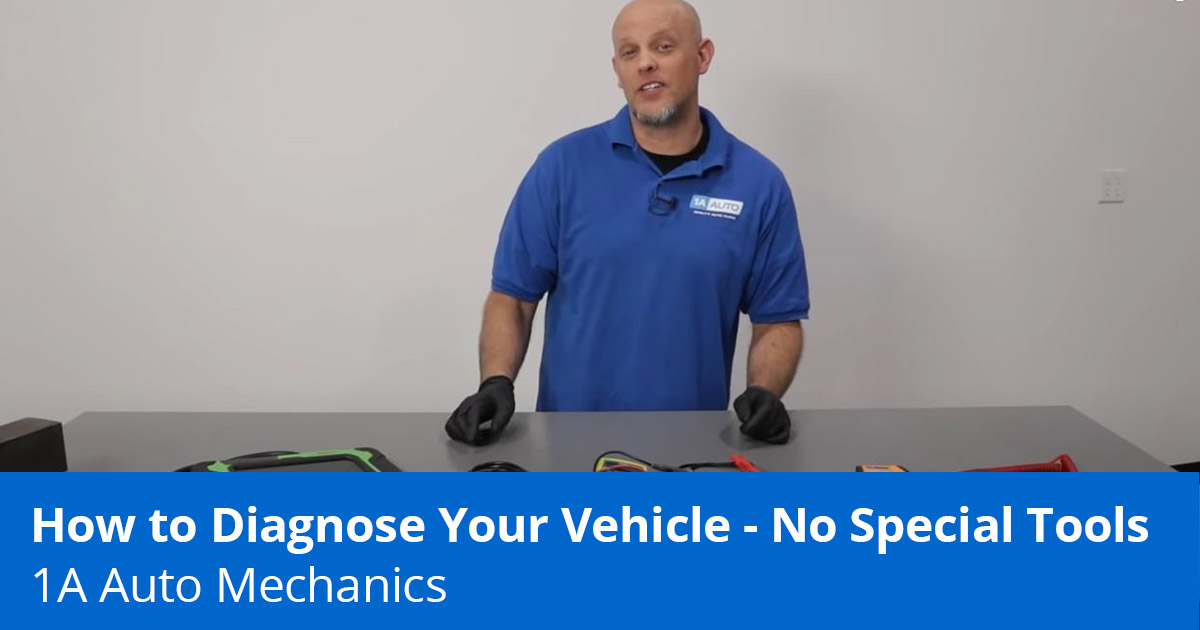
Your Car’s Symptoms Often Tell You What’s Wrong
Learn how to diagnose typical car problems you’ll experience when owning a car without the need for any special tools. It can save you a lot of time and money, and this is especially true if you’re a DIYer that’s on a budget. In this guide, we’ll teach you how to diagnose different and common problems you might run into owning a car by doing these simple tasks yourself that do not require expensive tools.

Diagnose Car Problems with No Special Tools
1. Swapping Duplicate Car Parts
In almost all cars, you’ll always find two or more parts that are similar. These include bulbs, window switches, speakers, engine coils, and relays. Learning how to carry out checks and swaps on these parts is one of the most useful lessons on how to diagnose car problems.
For example, a light signal bulb that is no longer working can be easily switched with a good reverse light bulb. If the good bulb works, you’ll be sure that the problem lies with the bad bulb and all you’ll need to do is buy a replacement. The same can be done for speakers, window switches, and relays.
You’ll need to ensure that the other part or accessory you’re using to test is of the same type. If it’s a bulb, you can confirm that the other bulb is of the same shape, size, and has the same markings on it. The same goes for relays, window switches, and fuses.
If you happen to install a good part or accessory and it doesn’t work, this is an indication that the problem lies somewhere else. You could have wiring, connector, or socket issues. Also, if the duplicate part goes bad upon installation, you could have a bad circuit or another connected part that’s drawing too much current.
Several parts within your car can easily be diagnosed by switching them with a working duplicate. If you’re dealing with a part that has no twin, swap it with a working alternative from a similar car. You can borrow similar parts from a friend’s vehicle to test out what’s not working in your car.
2. Check for Loose, Burnt, Disconnected, or Corroded Parts
You can easily learn how to diagnose car problems without any special tools by simply checking the condition of the parts and accessories that have been fitted in it. For example, if you have an issue with how the engine is running, you can start by inspecting the connectors, wires, hoses, and other car parts that are connected to it.
Only diagnose your car’s engine when it has cooled down. You’ll want to check for any parts that are either loose, disconnected, corroded, or burnt. That means twisting some of the wires gently, removing connectors and checking for rust, as well as paying attention to the color of any metallic parts.
If your car produces abnormal noises when driving, you’ll need to find out where those are coming from. They could be coming from lines or hoses that have popped off. This normally happens where someone forgot to tighten a bolt or reconnect parts during a previous repair.
3. Confirm Fluid Levels
You always want to remember to check your fluid levels. If your engine oil is running low, the lifters in your vehicle may not get pumped up with fluid as required. This can cause the engine to run rough. In situations where you have variable valve timing, the valves are not going to be lifted in time and the engine is not going to run right.
Low transmission fluid may also prevent your vehicle from shifting the right way. You will also have no heat if you’re low on coolant. Always ensure that your fluids are of the right quality and are topped up to the right level at all times. You also want to confirm that there are no leaks.
4. Check a Dead Battery
The battery is one of the most important parts of your car. Without it, you wouldn’t be able to get very far. Learning how to diagnose a problem car battery is, therefore, very important.
For example, if you wake up one day and find that your car won’t start, the battery could be dead. You could have mistakenly left your headlights on all night or kept the car stored for too long without using it.
To confirm if the battery is dead, put your key in the ON position and turn your headlights on. If the headlights are weak or don’t come on at all, it’s a sign that the battery needs to be recharged or replaced. You can always go further and check the battery terminals to confirm that they are not loose or corroded.
5. Diagnose Vibrations and Shaking
If you ever notice that your car vibrates, shakes, or wobbles when driving on the highway, there could be a couple of reasons why. Here is how to diagnose a car that’s vibrating.
Start by checking your wheels. Car vibrations can be caused by lug nuts that are loose or a wheel that is not centered properly. You can start by shaking your wheels side-to-side while the vehicle is raised. This allows you to check for excessive play and noises which are often signs of bad tie rods, wheel bearings, or lower ball joints.
In situations where the vehicle bounces while driving, you’ll want to perform a simple bounce test. This is by shaking the vehicle up and down from all four corners. It should stop moving at about a bounce and a half once you let go. If it doesn’t, you may have to replace your shocks or struts. These also tend to leak when worn out.
If you have a driveline vibration that takes place at about 45 mph while driving, check the u-joints on your driveshaft. You’ll need to shake and rotate them a bit to see if they have any play. The center support bearing could also be damaged. You can also check the rubber bushing for wear and tear. Remember to also trace any rattling noises that may be coming from your exhaust system, driveline, or suspension.
Related Posts:
- Car Won’t Start
- My Check Engine Light is On – What Happens Next?
- Diagnosing Vibration Under Acceleration!

